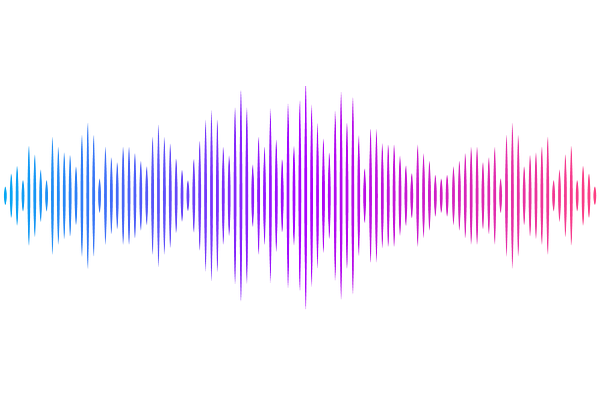Two parallel lineage-committed progenitors contribute to the developing brain

Two parallel lineage-committed progenitors contribute to the developing brain
Dundes, C. E.; Jokhai, R. T.; Ahsan, H.; Kang, R. S.; Salomon-Shulman, R. E. A.; Rajan, A.; Kim, Y. S.; Stanton, L. J.; Xu, C.; Do, S.; McDonald, B. D.; Lopez, J. M. A.; Urrutia, H. A.; Greenfeld, H.; Wong, A.; Qu, Y.; Petkovic, A. S.; Miao, Y.; Garcia, K. C.; Monje, M.; Wagner, D. E.; Bronner, M. E.; Lowe, C. J.; Loh, K. M.
AbstractThe hindbrain is a life-sustaining brain region. In one model, a common neural progenitor generates all brain regions. Here our studies of mouse embryos and human pluripotent stem cells (hPSCs) support a different model: two parallel brain progenitors emerge simultaneously during gastrulation, anterior neural ectoderm (forebrain/midbrain progenitor) and posterior neural ectoderm (hindbrain progenitor). Not only are they lineage-committed to respectively form forebrain/midbrain vs. hindbrain in vitro, but they also have diverging chromatin landscapes foreshadowing future forebrain/midbrain vs. hindbrain identities. Leveraging these differences, we differentiated hPSCs into hindbrain rhombomere 5/6-specific motor neurons, hitherto difficult to generate in vitro. We postulate the brain is a composite organ emanating from two lineage-restricted progenitors; these dual progenitors may be evolutionarily conserved across 550 million years from hemichordates to mammals.